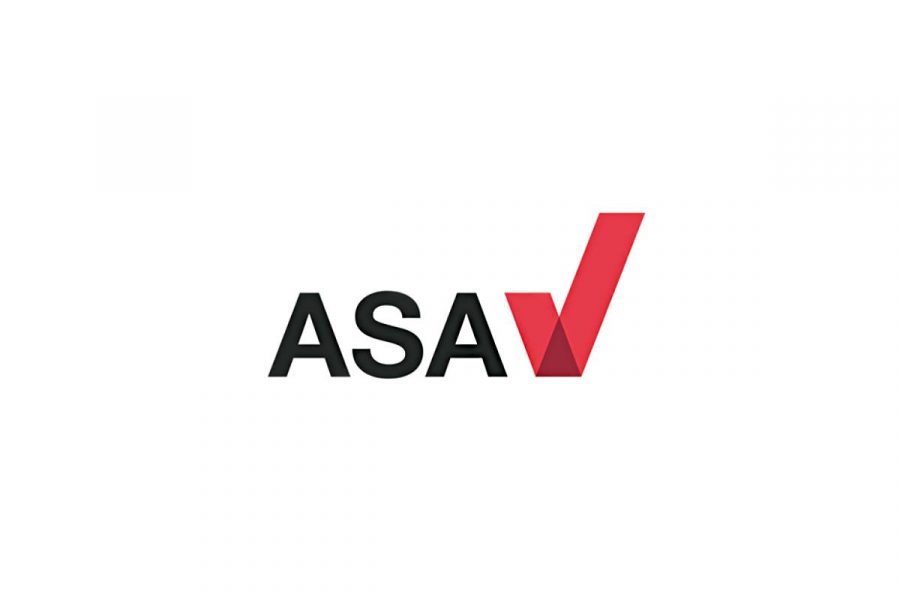ASA reports 25% drop in children’s exposure to gambling ads in past decade

The UK’s advertising watchdog reports that the average number of gambling ads seen by children fell to 2.2 per week in 2021.
UK.- The Advertising Standards Authority (ASA) has published a report on children’s exposure to gambling and alcohol advertising on TV over the past decade. It reports that the number of gambling ads seen by under 16s has fallen by a quarter from an average three per week in 2010 to 2.2 per week in 2021.
The ASA noted some regional differences, with more gambling ads seen by children in Scotland than England, although there was also a drop here. Exposure in England fell from 2.9 ads to 2.1 while in Scotland it fell from 3.5 to 2.8 and in Wales from 3.9 to 3.2. Northern Ireland saw the biggest decline, from 3.5 ads per week in 2010 to 1.4 in 2021.
The report found that children’s exposure to TV gambling ads reached a peak in 2013 at an average of 4.4 ads viewed per week. Exposure to bingo ads, among the most common gambling ads with lottery and scratchcard commercials, was now at its lowest since 2011, the ASA said. Exposure to sports betting ads on TV peaked in 2011 and has declined since then.
The numbers were part of a general downward trend, the body said, noting that children now spend more time online and less time watching TV. Exposure to TV gambling ads among adults also fell over the period, from 36 per cent in 2010 to 15.4 per cent in 2021.
As such, the ASA has begun a study with a panel of 100 11 to 17-year-olds from across the UK whose views will be used to “take action” against age-restricted ads inappropriately shown on children’s websites and social media accounts.
It will also use avatar technology to simulate children’s online profiles to test what ads are viewed online. It will also employ quarterly CCTV-style monitoring sweeps to detect age-restricted ads.
ASA chief executive Guy Parker said: “Our latest report confirms the ongoing decline in children’s exposure to ads for age-restricted products, which is what our rules are designed to achieve. But of course that’s not the full story.
“Children’s media consumption habits are changing significantly, which is why we’re also focussed on protecting them online. Later this year, we’ll publish our findings on the ads they are seeing across the internet and social media as part of our zero-tolerance approach to age-restricted ads being served to children.”
GambleAware’s chief communications officer Alexia Clifford has welcomed the Committee of Advertising Practice’s (CAP) new rules on gambling advertising announced earlier this month.
The rules will significantly impact gambling advertisers looking to promote their brands using prominent sports people and celebrities or social media influencers who appeal to under-18s.
The new rules state that gambling and lottery ads must not “be likely to be of strong appeal to children or young persons, especially by reflecting or being associated with youth culture”.
This is a step-change from the existing rules that gambling ads must not be of “particular appeal” to children – that is, that they must not appeal to children more than adults. The new “strong” appeal test prohibits content (imagery, themes and characters) that has a strong level of appeal to under-18s regardless of how it is viewed by adults.
UK watchdog bans PlayOJO “Hot or Cold” ad
Last week, the ASA banned a campaign run by SkillonNet’s PlayOJO brand for a new “Hot or Cold” feature. The watchdog had received three complaints pertaining to advertising content on TV and online in September last year.
The ads identified which games had paid out shortly before publication and which hadn’t. Two complaints focused on the wording of the text that appeared on the website version and one on the use of a tarot read in a TV ad. Only the first two complaints were upheld.










